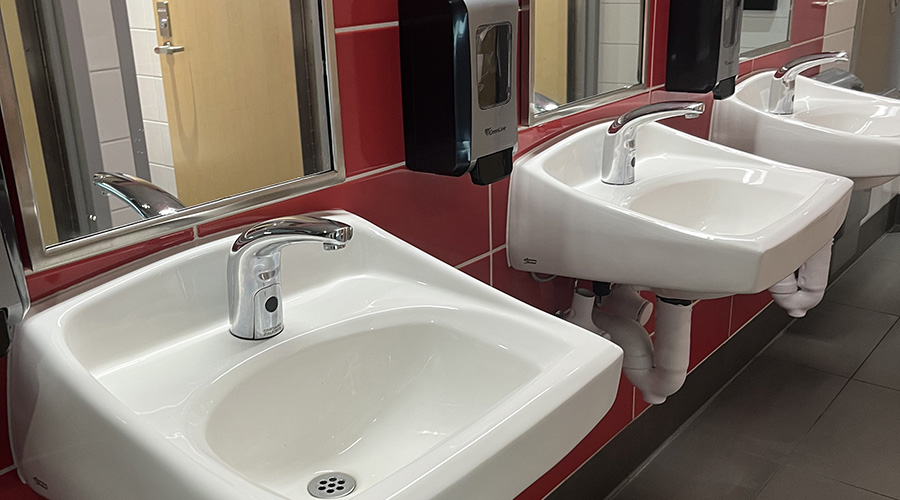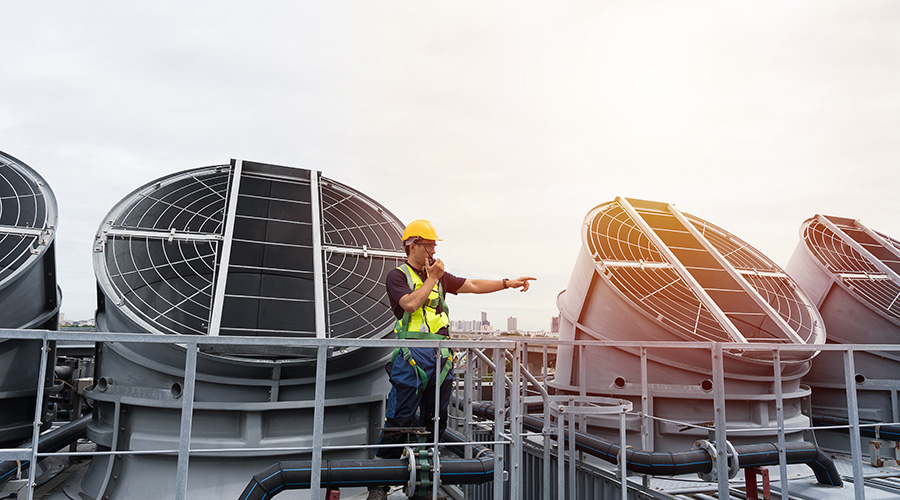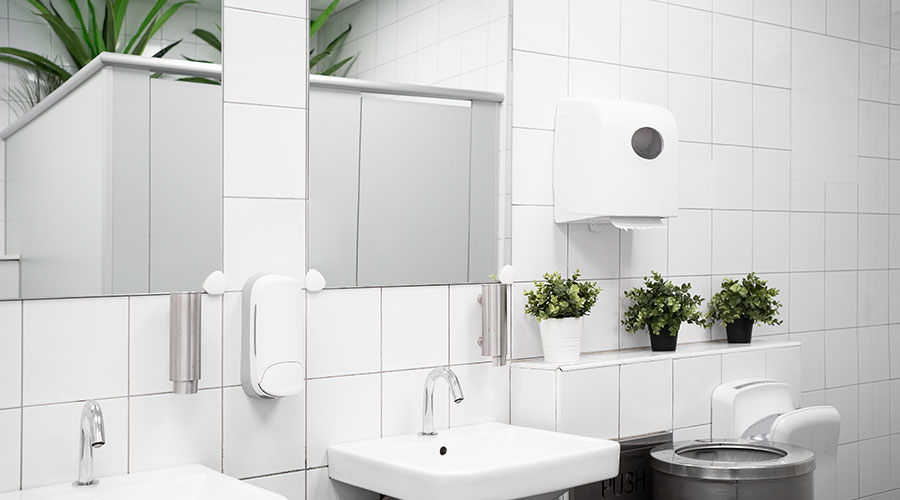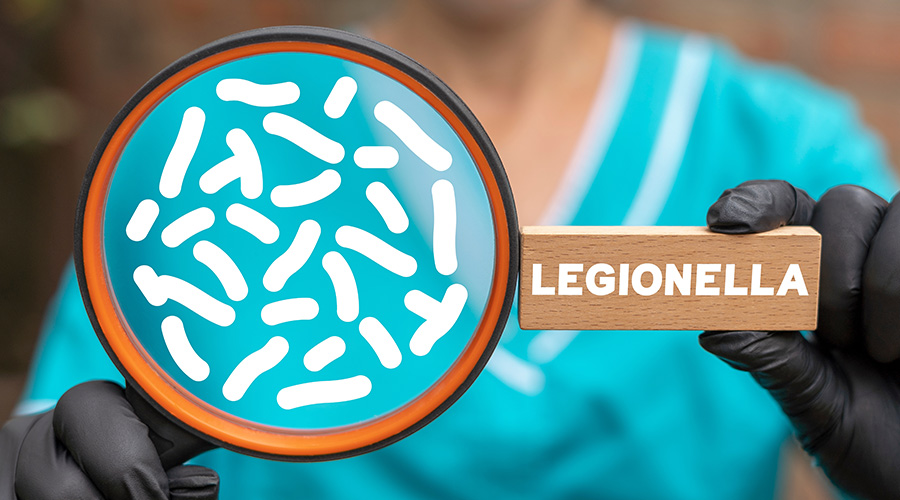Drain Cleaning: Training, PPE Important Tools for Technicians
When the department purchased the jetter, the manufacturer provided training on proper operation and safety. But with smaller units, the department's plumbers tend not to need equipment-specific training.
"With the smaller makes, it's more of an experience thing," Welbourne says.
Because of the potentially hazardous materials in pipes and drains that plumbers and helpers come in contact with daily, they also receive annual training on bloodborne pathogens — along with shots — and they use proper personal protection equipment (PPE).
"We're very big on (PPE)," he says.
Training for drain cleaning and inspection work should combine safety and technical issues. Drain-cleaning equipment often exerts its energy rapidly, such as when a technician starts unwinding or rewinding coiled cable to move augers or inspection devices, or when breaking through a blockage in a pipeline, so learning to handle the equipment properly and safely is important. The energy stored in the equipment needs to be under control at all times, so it is important technicians wear PPE — safety glasses with side shields or goggles are essential, as are impervious, heavy-duty gloves — and understand the equipment and its operation thoroughly before using it.
Related Topics:














